Take the general knowledge quiz consisting of multiple choice questions, (MCQs) based on Environmental Pollution. Go through each question below along with explanation for better understanding of the subject Environmental pollution MCQ Quiz.
GK Quiz on Environmental Pollution- Air Pollution
Q1. Which of the following is one of the secondary air pollutants among the following?
- Ozone
- CO
- CO2
- PANs
Ans. a
Explanation: Ozone is formed when hydrocarbons (HC) and nitrogen oxides (NOx) combine in the presence of sunlight.
A primary pollutant is an air pollutant emitted directly from a source. A secondary pollutant is not directly emitted as such, but forms when other pollutants (primary pollutants) react in the atmosphere.
- Primary pollutant are Particulate matter like aerosols, soot, dust/Particles in suspension (PM), etc. Hydrocarbons, Sulphur oxide(SOx x=1,2), Nitrogen oxides (NOx), Carbon oxide(COx), Volatile organic compounds (VOCs), Heavy metals. Can be controlled by controlling man-made activities causing pollution.
- Secondary pollutant are OZONE, Acides and Acid rain, Photochemical smog, Peroxyacetyl nitrate(PAN), Sulfour Trioxide, . These are difficult to control. because understanding the reactions involved in secondary pollutants formation is difficult.
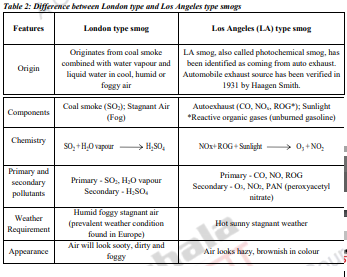
Q2. In case of pollution due to high Ozone levels one must take which of the following precautions?
i) Drink lots of water and fluid
ii) Expose oneself less to sunlight
- Only i
- Only ii
- Both i and ii
- None of the above
Ans. c
Explanation: In case of ozone pollution one must not go outside in the sunlight and keep hydrating him/herself for better safety. Difficult to breathe deeply and vigorously and cause pain when taking a deep breath.
Q3. What is Particulate Matter(PM) causing air pollution called?
- Smog
- Soot
- Foam
- None of the above
Ans. b
Explanation: Soot is also known as particulate matter. PM can be made up of a variety of components including: Nitrates, Sulfates, Organic chemicals, Metals, Soil or dust particles, Allergens (such as fragments of pollen or mold spores). Particle pollution from fine particulates (PM2.5) is a concern when levels in air are unhealthy. Breathing in unhealthy levels of PM2.5 can increase the risk of health problems like heart disease, asthma, and low birth weight. Unhealthy levels can also reduce visibility and cause the air to appear hazy.
Q4. Which of the following causes minamata disease?
- Lead
- Mercury
- Magnesium
- Methyl chloride
Ans. b
Explanation: Minamata disease is caused by methylmercury(MeHg), a heavy metal that was discharged into the environment from a chemical plant.
| Disease | Cause | Effect |
| Minamata | Consuming contaminated methylmercury (MeHg) | chronic neurological disorder |
| Itai-itai | cadmium poisoning | Patients experience severe bone pain, deformities, and fractures, as well as anemia. The term “itai-itai” means “ouch” in Japanese. |
| Plumbism | Lead poisoning | severely affect mental and physical development |
| Arsenicosis | Drinking Arsenic contaminated water | skin changes such as darkening and lesions |
Q5. Who are ethologists?
a. Scientists who study ethos
b. Scientists who study the behaviour of wild animals
c. who study the behaviour of domestic animals
d. Scientists study a particular ecosystem.
Answer: b
Explanation: Ethologists are scientists who study animal behavior in their natural environments.
Q6. Which of the following is considered to be the major sources of CFC?
i) Refrigerants
ii) Aircraft Halon
iii) Aerosol Sprays
- i and ii
- i and iii
- ii and iii
- ii and iii
Ans. d
Explanation: The causes of release of Chlorofluorocarbons(CFCs) can be refrigerants, halon used in aircrafts and many aerosol sprays. CFCs are the main cause of ozone layer depletion. When CFC molecules in the stratosphere are broken down by ultraviolet radiation, they release chlorine atoms. The chlorine released from CFCs destroys ozone in catalytic reactions. Chlorofluorocarbons (CFCs) are derived from methane and ethane these compounds have the formulae CClmF4−m and C2ClmF6−m, where m is nonzero. Freons are types of chlorofluorocarbons (CFCs), hydrochlorofluorocarbons (HCFCs), and related compounds.
Q7. When was the first major conference on environmental issues under the United Nations was held?
A. 1970
B. 1971
C. 1972
D. 1973
Ans. C
Explanation: TThe first major United Nations conference on environmental issues was the United Nations Conference on the Human Environment, held in Stockholm, Sweden from June 5–16, 1972.
Q8. 5. What is the theme of World Environment Day 2024?
A. Air Pollution
B. Seven Billion People. One Planet. Consume with Care.
C. Raise Your Voice Not the Sea Level
D. Our Land, Our Future. We are #GenerationRestoration
Ans. D
Explanation: The theme of World Environment Day 2024 is “Our Land, Our Future. We are #GenerationRestoration,”
- The theme for World Environment Day in 2020 was “Time for Nature” with the focus on biodiversity
- The theme of World Environment Day 2021 was “Ecosystem Restoration
- World Environment Day 2022 is hosted by Sweden. “Only One Earth” is the campaign slogan, with the focus on “Living Sustainably in Harmony with Nature”.
- The theme for World Environment Day 2023 was #BeatPlasticPollution
- The theme for World Environment Day (WED) in 2025 is “Ending plastic pollution“. The Republic of Korea will host the event.
- The theme for World Environment Day 2026 is climate change. The Republic of Azerbaijan will host the event, and the focus will be on climate change.
- World Environment Day was celebrated for the first time in 1974 under “Only One Earth” slogan.
Q9. What is true about AQI?
i) It informs about the color and odour in the air
ii) It can inform about the ozone levels in any area along with particulate matter
- Only i
- Only ii
- Both i and ii
- None of the above
Ans. b
Explanation: The Air Quality Index (AQI) is a tool that measures air quality and provides information about the health effects of common air pollutants. That is based on the quantitative presence of various hazardous gases and not the colour or odour of the air.
- The AQI measures the levels of five common air pollutants: ground-level ozone, particle pollution, carbon monoxide, sulfur dioxide, and nitrogen dioxide
- The AQI is a number from 0 to 500, with higher numbers indicating greater air pollution and health concern
- The AQI is divided into six categories, each with a different level of health concern and color:
- Green: Good, 0 to 50
- Yellow: Moderate, 51 to 100
- Orange: Unhealthy for sensitive groups, 101 to 150
- Red: Unhealthy, 151 to 200
- Purple: Very unhealthy, 201 to 300
- Maroon: Hazardous, 301 and higher
Q10. Photochemical smog mainly is
- H2O2
- Methyl Chlorate
- Ozone
- Peroxyacetyl nitrate
Ans. c
Explanation: Ozone is the main source of photochemical smog. Photochemical smog is a mixture of pollutants that are formed when nitrogen oxides and volatile organic compounds (VOCs) react to sunlight, creating a brown haze above cities
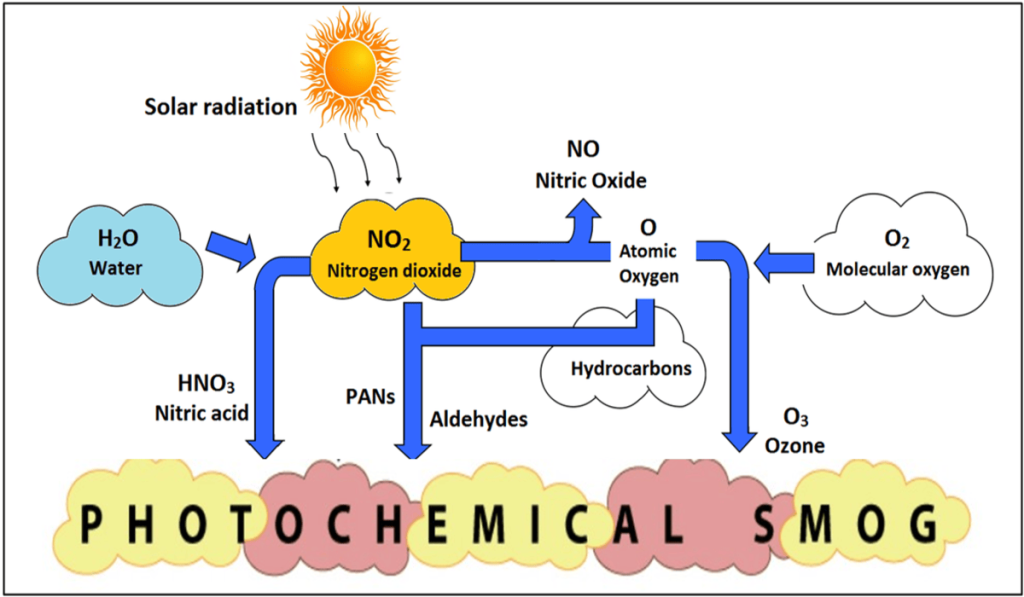
Q11. Which of the following is an example of greenhouse gas?
- Methane
- Carbon dioxide
- Oxygen
- Both a and b
Ans. d
Explanation: Both methane and carbon dioxide are examples of greenhouse gases. Some major GHGs include carbon dioxide (CO2, 74.1%), methane (CH4, 17.3%), nitrous oxide (N2O, 6.2%), hydrofluorocarbons (HFCs), perfluorocarbons (PFCs), and sulfur hexafluoride (SF6).
Q12. The first World Environment Day was held in which year?
A. 1971
B. 1974
C. 1976
D. 1978
Ans. B
Explanation: The first World Environment Day was held on June 5, 1973.
Q13. Which of the following is the major contributor of air pollution in India as per the Indian Government?
- Dust and Construction
- Agricultural burning
- Transport
- Industries
Ans. a
Explanation: As per the Indian government, dust and construction are the major contributors to air pollution in India, accounting for about 59% of the total.
Quiz on Environmental Pollution
The Environment Quiz for Competitive Exams is a vital component of assessing candidates’ knowledge and awareness about environmental issues. This quiz aims to test individuals on different topics.
Keyword: Question answer of Environmental Pollution, Primary and secondary pollutants, Particle Pollution and Health, Particle Pollution, Itai-itai disease, is Freon and CFCs are same, Arsenic poisoning, GK Questions and Answers on World Environment Day, The theme of World Environment Day 2020-2025, MCQ on Environmental Pollution, Most Important Environment Quiz for Competitive Exams
Read More: GK Quiz on Water Pollution and Water Quality
We’ve moved! This page has a new home. Check out the updated content here [ https://examsuccess.in/gk-mcq-quiz-on-environmental-pollution/]
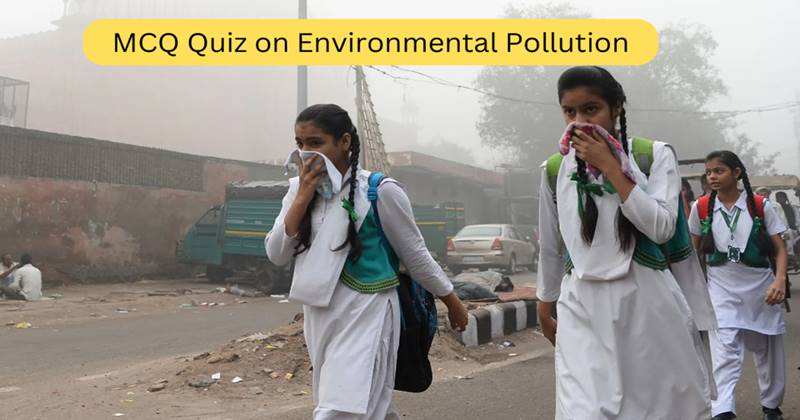





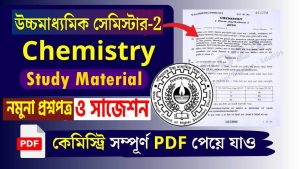
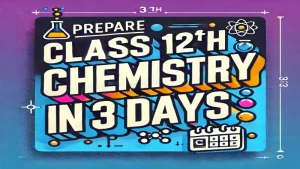

Impressive and informative
Impressive content, in one page!